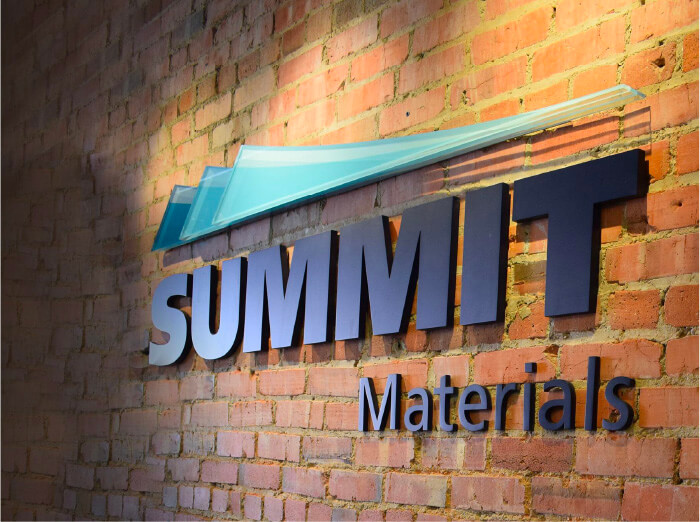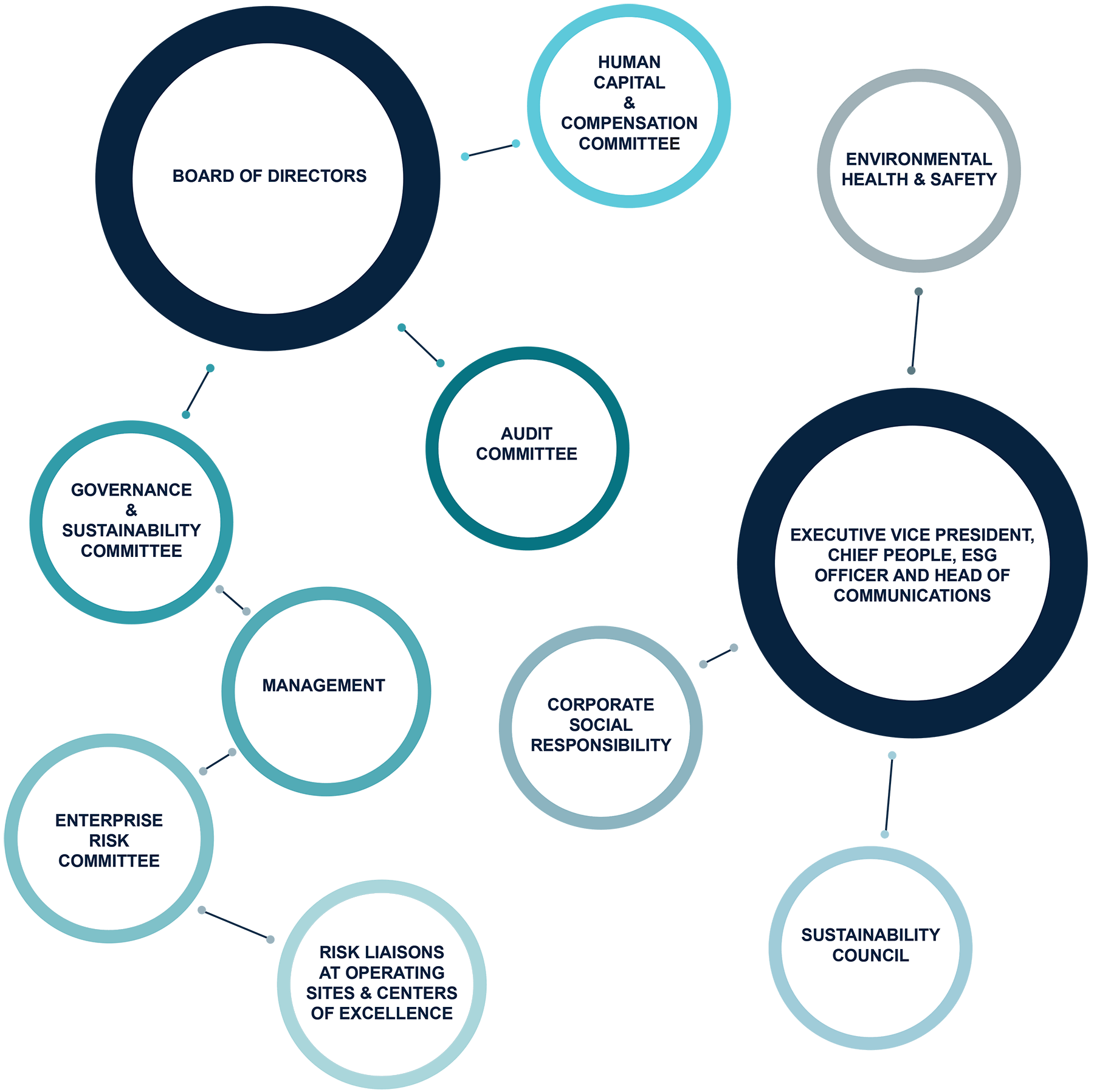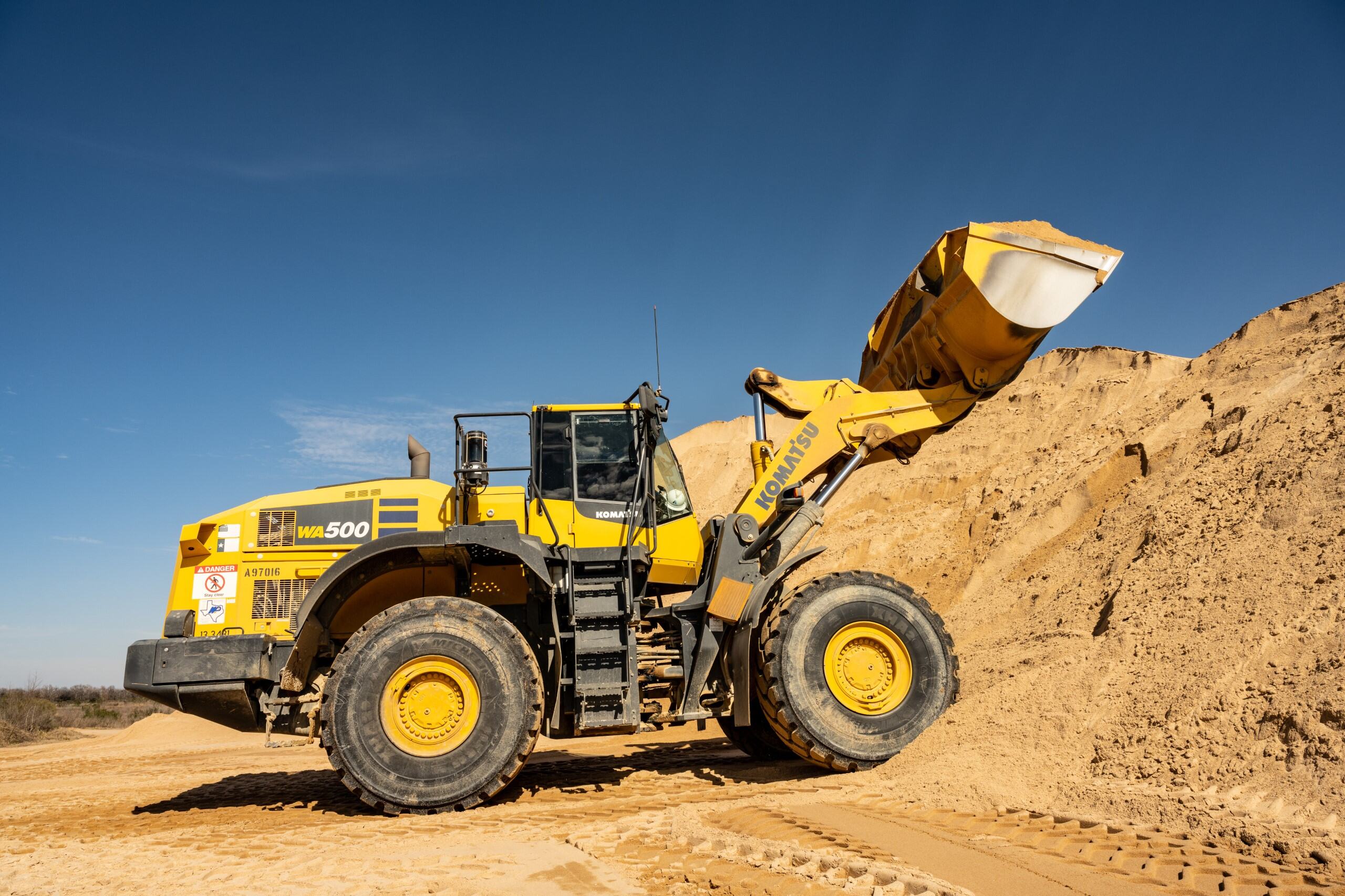
Responsible leadership for a sustainable and prosperous future
Our governance structure follows best-practice standards to align our business with stakeholder interests and drive long-term value for Summit. The Board provides oversight on key social responsibility initiatives, including human capital, environmental policies, energy management, land use, climate action, and sustainability.


